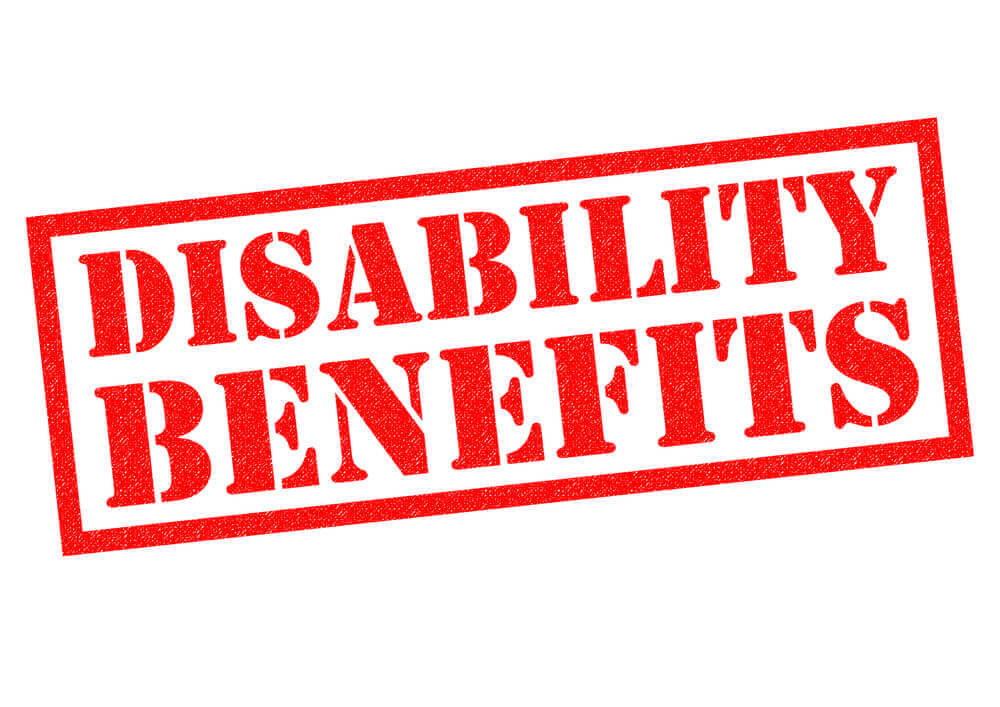When applying for Social Security Disability benefits, one of the most important factors is whether your medical condition qualifies under the Social Security Administration’s (SSA) strict guidelines. While many conditions can potentially qualify, the severity of your symptoms and how they impact your ability to work are what matter most. Here’s an overview of what conditions qualify for Social Security Disability and how to ensure your application meets SSA’s criteria.
Understanding SSA’s Blue Book
The SSA uses a manual known as the “Blue Book” to evaluate whether specific medical conditions qualify for disability benefits. The Blue Book lists a wide range of physical and mental conditions that automatically meet SSA’s disability requirements if your symptoms are severe enough. These conditions include:
- Musculoskeletal conditions (e.g., spine disorders, joint dysfunctions)
- Cardiovascular conditions (e.g., heart disease, chronic heart failure)
- Respiratory conditions (e.g., COPD, asthma)
- Neurological disorders (e.g., epilepsy, multiple sclerosis)
- Mental health conditions (e.g., depression, PTSD, schizophrenia)
Even if your condition isn’t explicitly listed in the Blue Book, you may still qualify if your symptoms are severe enough to limit your ability to work.
Common Qualifying Conditions
Here’s a closer look at some of the most common conditions that often qualify for SSDI or SSI benefits:
- Musculoskeletal Disorders: Conditions like degenerative disc disease, herniated discs, and severe arthritis are common reasons people apply for disability benefits. If you have difficulty standing, walking, or lifting due to pain or mobility limitations, these conditions may qualify you for benefits.
- Mental Health Conditions: Depression, anxiety, PTSD, bipolar disorder, and schizophrenia are frequently cited as reasons for disability claims. However, you must provide thorough medical evidence, including treatment records and statements from mental health professionals, showing how your condition affects your ability to concentrate, interact with others, and perform tasks.
- Autoimmune Diseases: Conditions like lupus, rheumatoid arthritis, and multiple sclerosis can significantly impact a person’s ability to work. If your autoimmune disease leads to chronic fatigue, pain, or cognitive impairments, you may qualify for benefits.
- Chronic Illnesses: Chronic conditions such as diabetes, chronic kidney disease, and heart failure may also qualify for benefits if they limit your ability to perform work tasks. For example, uncontrolled diabetes that results in neuropathy, vision problems, or amputations may qualify you for disability.
How SSA Evaluates Your Condition
To qualify for disability benefits, your condition must:
- Be severe enough to prevent you from performing substantial gainful activity (SGA).
- Be expected to last at least 12 months or result in death.
It’s important to provide SSA with complete and up-to-date medical evidence that documents your diagnosis, treatments, and functional limitations. This may include doctor’s notes, diagnostic test results, treatment plans, and statements from specialists.
Tips for Strengthening Your Application
- Gather Comprehensive Medical Records: Be sure to collect detailed medical records from all healthcare providers who have treated your condition. This includes diagnostic tests, treatment notes, and specialist evaluations.
- Provide Functional Assessments: SSA is particularly interested in how your condition affects your ability to perform work-related activities. Ask your doctor to include functional assessments in their reports, explaining how your condition limits your mobility, concentration, or ability to work consistently.
- Consider a Medical Source Statement (MSS): An MSS is a detailed report from your doctor that explains how your condition prevents you from working. Having an MSS can be especially helpful if your condition isn’t listed in the Blue Book.
Common Mistakes to Avoid
- Not Updating SSA on New Treatments: If you start a new treatment after submitting your application, make sure SSA is aware of it. This could impact your eligibility if the treatment improves your symptoms.
- Failing to Describe Limitations: Simply providing a diagnosis isn’t enough to qualify for benefits. You need to demonstrate how your symptoms specifically limit your ability to work and perform daily tasks.
- Waiting Too Long to Apply: Many applicants delay applying for benefits because they’re unsure if they qualify. If your condition prevents you from working, apply as soon as possible to avoid delays in receiving benefits.
How an Attorney Can Help
Navigating SSA’s Blue Book and proving that your condition qualifies for disability benefits can be complicated. An experienced disability attorney can help gather the necessary medical evidence, ensure your application meets SSA’s standards, and represent you if your claim is denied.
Disability Law Group specializes in helping claimants with various medical conditions get the benefits they deserve. If you’re unsure whether your condition qualifies for disability benefits, contact Disability Law Group today for expert guidance.










